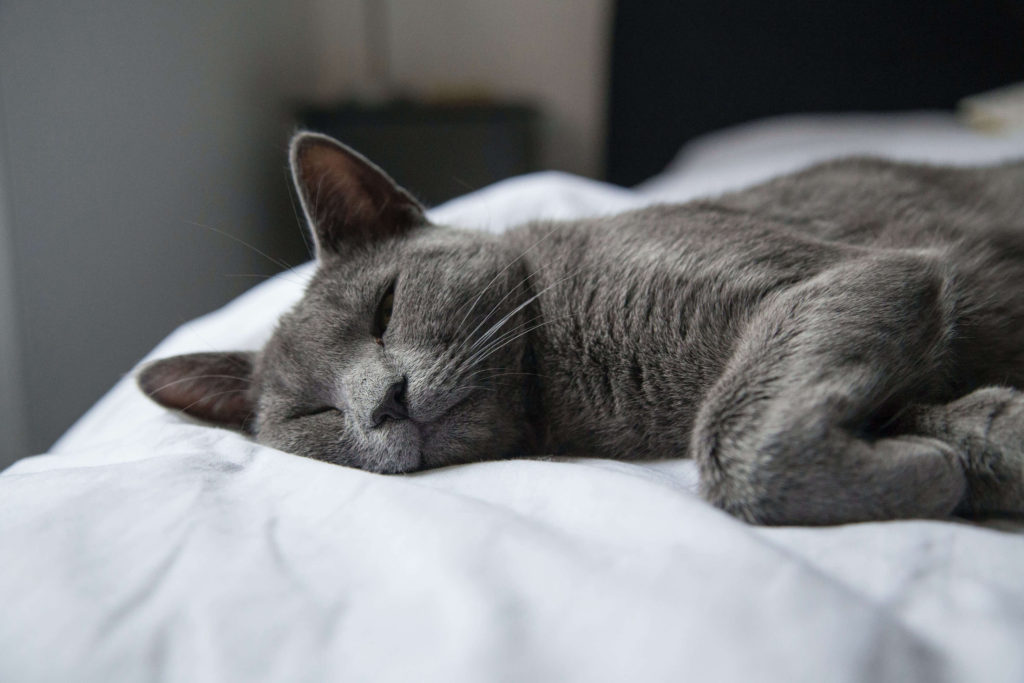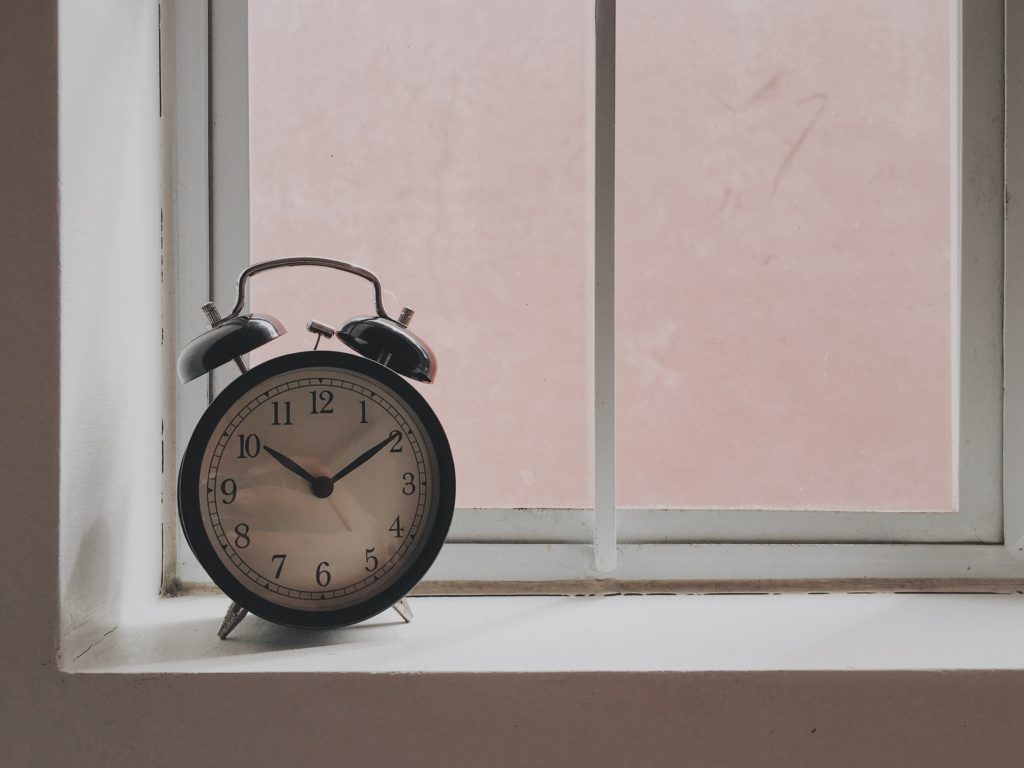What do you do when you feel incredibly sleepy during work hours? Each person has a different method of waking up, such as splashing their faces with water or consuming energy drinks. If possible, we recommend that you take a power nap instead of putting up with sleepiness. Effective power naps can improve our productivity. At the same time, how we take our power naps also matters, as we must avoid sleep inertia. Let us introduce you to the 3 keys to the most effective power nap for increased productivity.

Contents
‘Sleep Inertia’ May Be Blocking Your Sleep
Have you ever felt muddleheaded or sluggish after a nap? “Sleep inertia” is a phenomenon that causes drowsiness and fatigue immediately after waking up. It reduces work efficiency and adversely affects our lives. We can avoid this by changing how we take our naps. An effective power nap is determined by how smoothly we wake up without having sleep inertia.
3 Keys to the Most Effective Power Nap

1. Keep Naps Within 20 Minutes or Less
We generally reach non-REM sleep (deep sleep) in about 30 minutes after falling asleep. The potential of sleep inertia increases when we reach non-REM states in our naps. This is because we experience less non-REM sleep at night when we achieve non-REM states through daytime naps. Long naps during the day may induce sleep inertia, as well as affect the quality of sleep we get at night, leaving us feeling more sluggish and tired the next day. Keep your nap within 20 minutes for the most effective power nap, and avoid falling trap to sleep inertia.
2. Have Caffeine Before Naps

Coffee before a power nap reduces sleep inertia and improves work efficiency. The secret lies in the time it takes for the caffeine to kick in. It takes about 15 to 30 minutes after consumption for it to work. A cup of coffee, tea, or energy drink right before a 20-minute power nap helps us feel more awake when we come out of it, thus aiding in suppressing sleep inertia.
3. Wake up Naturally Without an Alarm

Waking up naturally without an alarm may sound difficult to some. Research reveals that naturally waking up from our naps at a predetermined time suppresses sleep inertia. Further research also indicates that people who are determined to naturally wake up at a certain time, are more likely to wake up earlier than expected. This is why waking up without an alarm allows for the most effective power nap within a shorter time frame.
A Power Nap is Only a Temporary Measure
A power nap, no matter how effective, is only a temporary coping solution to the drowsiness we feel. It’s not a suitable substitute for proper sleep because it’s too short. If we want to eliminate the fundamental cause of drowsiness and avoid regular sleep inertia, good quality sleep at night is essential. Once an effective power nap helps you get through the day, don’t forget to return home early to catch up on sleep.

Looking to improve your mental wellbeing? Try the SELF MIND app FREE for 1 week!
If you’re looking for more tips on how to care for your mental health, check out some of our past blog posts!
References:
Kaida, K., Nittono, H., Hayashi, M., Hori, T. (2001)Preventive effects of self-awakening on sleep inertia a short nap. Japanese Journal of Physiological Psychology and Psychophysiology. 19(1), 7-14, https://doi.org/10.5674/jjppp1983.19.7
Hayashi, M., Hori, T. (2007)A short nap as a countermeasure against afternoon sleepiness. Japanese Journal of Physiological Psychology and Psychophysiology. 25(1), 45-59, https://doi.org/10.5674/jjppp1983.25.45



